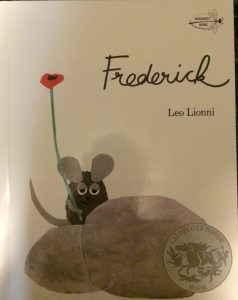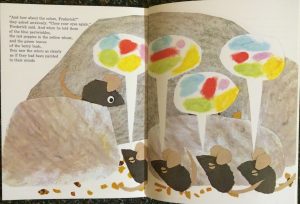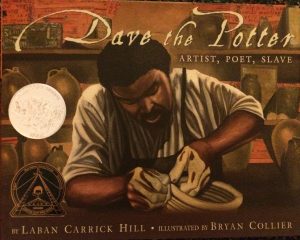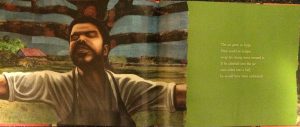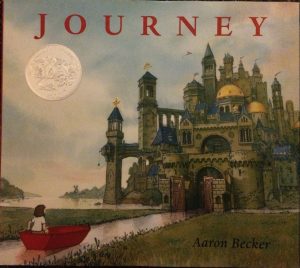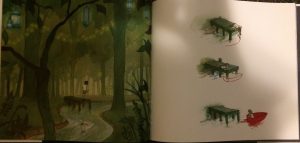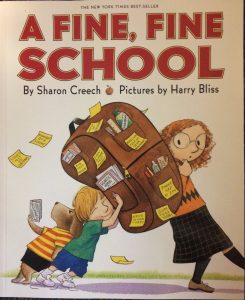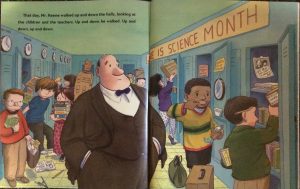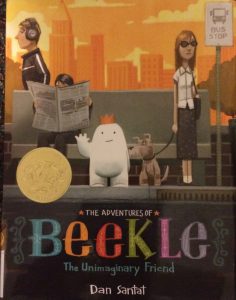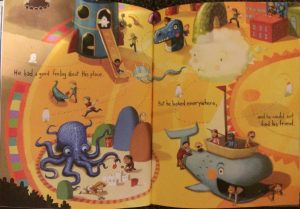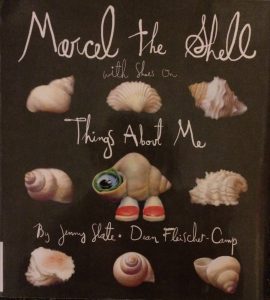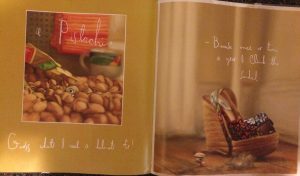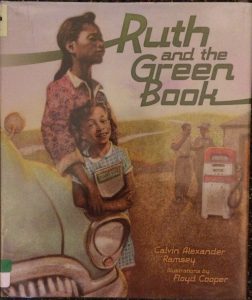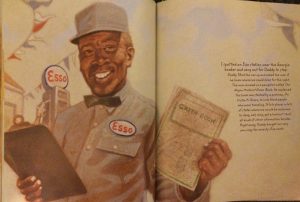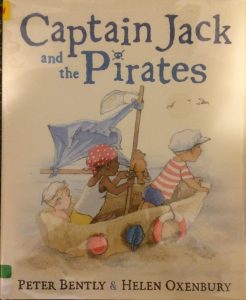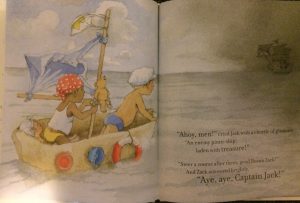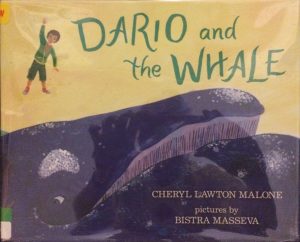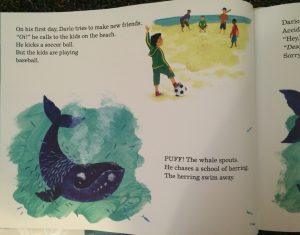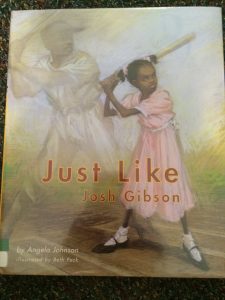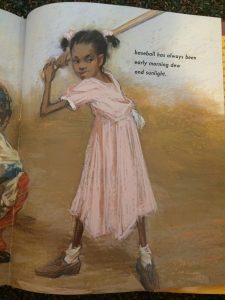Author and Illustrator: Leo Lionni
Publisher and Year: Dragonfly Books, 1967 (Caldecott honor)
Number of Pages: 27 Pages
Genre: Fantasy
Frederick is a tale about a family of five field mice preparing for the winter season. Frederick’s family gathers nuts and berries while Frederick mediates on a rock. The family becomes frustrated with Frederick’s “helping” strategies, but discover that it is the one person that carries them through the winter.
This story serves as a mirror to the reader to reflect on how different persons bring different aspects and “help” to multiple situations. As a window, the reader can reflect on how it is the simple things that help individuals through difficult times. The story begins by explaining Frederick and his family’s need to stock up on food to prepare for the chilling winter. Opposed to doing physical labor, Frederick “gathers the ray of the suns” and “gathers colors and words.” This frustrates the rest of the mice because Frederick is not helping with completing the complicated duties of collecting food. Winter finally comes and Frederick’s family is surviving the beginning portion of the winter because of all the food they gathered. Then, food runs out and the family is left to rely on all the things Frederick “gathered.” Through this story, the reader learns that as complicated and stressful as life is, it is the simple things that get people through. Obstacles come across all people but if one remembers to prioritize the simple things in life, the group will be able to survive. In addition, this book highlights the importance of individuality and diversity among a group. When the group has unique individuals, positive effects will arise along with many collaborative ideas. Thirdly, Frederick focuses of the importance of all members of the family. Every person in a family has a unique trait that unites that family in times of hardship. With many complications in life, family will help one through any obstacle.
This book is a Caldecott honor, meaning that artwork was very important to the story. In addition, the images are large which allow young readers to visualize the story. Structurally, words on left side of page until Frederick serenades his family with his poem. This is a symbol for a younger reader to be able to focus on both the text and images by separating them. No frames are used in this story, which engage the reader to be part of the story. There is interplay of text and images to show that the text and images are needed to gain the full experience of the story. In addition, Frederick has calm facial expressions until he is depended on to carry his family through showing that he was content with his role in the group. In terms of an ideological aspect, the book teaches that it is important to take care of both the mind and body, everyone takes on a unique and important role in a group, and the family bond can overcome any obstacle.
